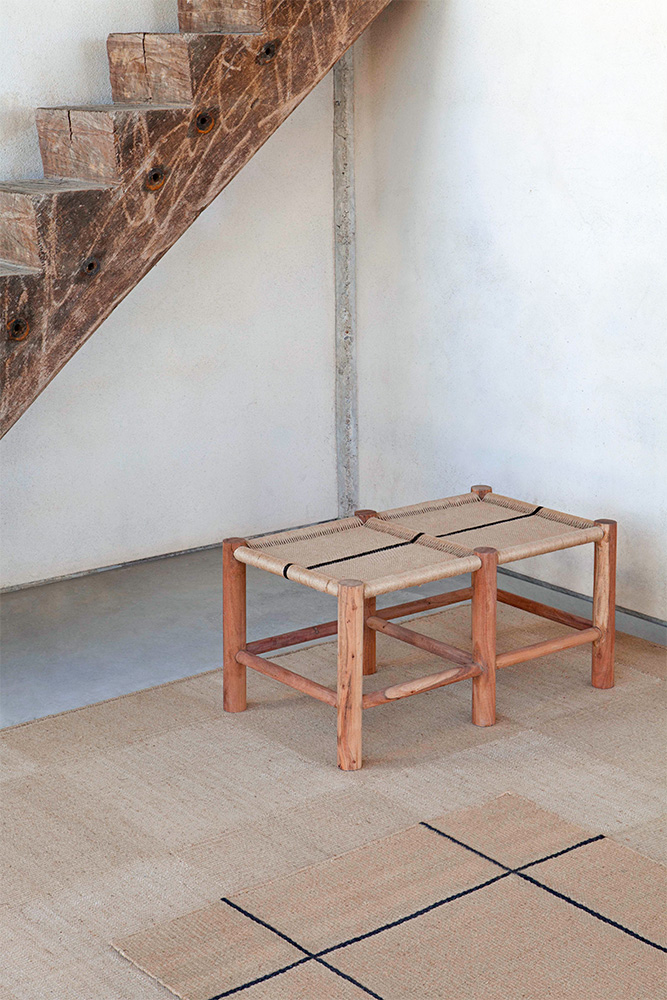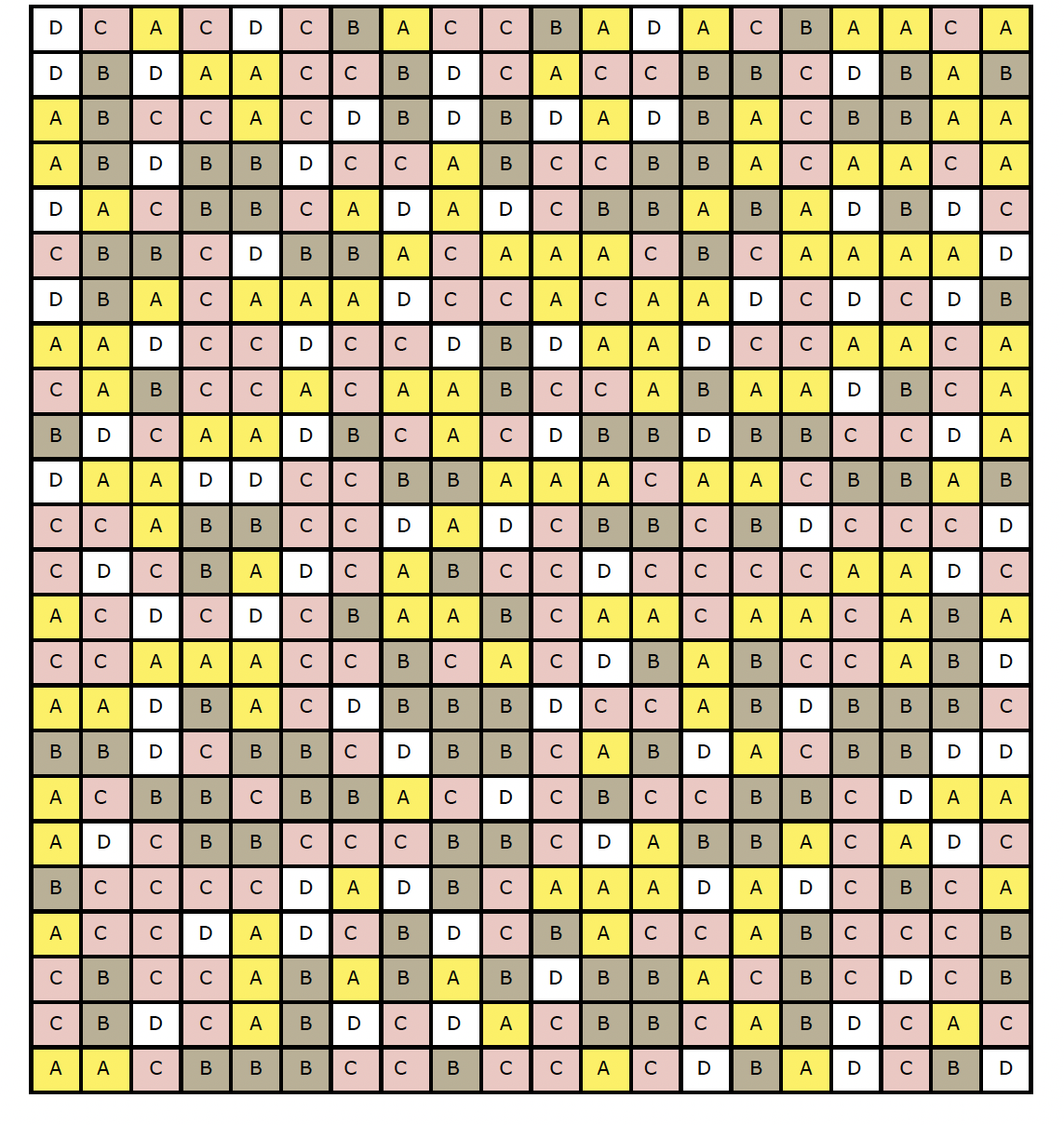
Gan Rugs
—
ROOTS
ROOTS is the result of the collaboration of two creative visions predestined to meet. Inma Bermúdez shares with GAN not just her predilection for accessible and functional pieces, but also her Mediterranean roots. These origins are what inspired the four kilim models that make up the ROOTS collection, made with jute weft and cotton warp.
A completely natural creation that is not at odds with either sobriety or sensory warmth.
2021
PHOTO©GAN-RUGS

ADCV Gold 2022

Bronze Delta 2022

Archiproduct Winner 2021

Archiproducts Sustainabilty mention 2021

ADCV Positive Impact 2022


In each of its versions, the shape of the square creates a pattern that is repeated at different scales and rhythms to represent a fabric, a material or a slight variation in color, always within the natural tones of the jute material: ochre, beige or brown.
This series also includes two stools: a single and a double, both as attractive as they are comfortable. They are also woven with cotton and jute, and their structure is made of acacia wood, popularly known as the babool tree.
With two different options to match the rugs in the collection, the ROOTS stools evoke traditional cottage like low chairs and reinterpret the traditional design based on exceptional manufacturing and modern proportions.
The dimensions of the stools are:
46x46x40h cm (1’8”x1’8”x1’5”) for the single
82x46x40h cm (3’2”x1’8”x1’5”) for the double.
This series also includes two stools: a single and a double, both as attractive as they are comfortable. They are also woven with cotton and jute, and their structure is made of acacia wood, popularly known as the babool tree.
With two different options to match the rugs in the collection, the ROOTS stools evoke traditional cottage like low chairs and reinterpret the traditional design based on exceptional manufacturing and modern proportions.
The dimensions of the stools are:
46x46x40h cm (1’8”x1’8”x1’5”) for the single
82x46x40h cm (3’2”x1’8”x1’5”) for the double.
GAN has drawn on the logical and rational vision of Inma Bermúdez to create a collection of contemporary craftsmanship that praises the laborious work of the weavers and embodies a necessary return to the essential.
The kilims are available in four sizes:
96×144 cm (3’8”x5’7”),
96×240 cm (3’8”x9’4”),
192×240 cm (7’6”x9’4”),
240×288 (9’4”x11’3”).
As with many other GAN collections, the ROOTS series is made entirely by hand in India.
The kilims are available in four sizes:
96×144 cm (3’8”x5’7”),
96×240 cm (3’8”x9’4”),
192×240 cm (7’6”x9’4”),
240×288 (9’4”x11’3”).
As with many other GAN collections, the ROOTS series is made entirely by hand in India.





A same "basic" weft is woven throughout the entire killim. The squares pattern is created using another color/material or drawn with a black cotton line.
To achieve the impression of alternate squares, different textures are utilized by changing the weaving technique or by altering the fiber color.
To achieve the impression of alternate squares, different textures are utilized by changing the weaving technique or by altering the fiber color.




Image left: Weaving tests with cotton threads.
Image right: Original sketch from the killim above, with the fabric codes sent to the supplier.
Image right: Original sketch from the killim above, with the fabric codes sent to the supplier.

Samples worked out in the studio with threads of different types to explore weaving possibilities and how different fabrics interact with each other when placed in the same warp.




First prototypes received from the supplier with the proposed designs.